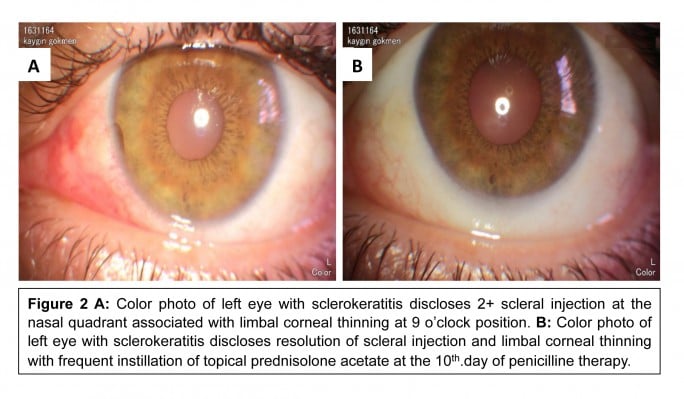

The age range for pinta is 15 to 50 years (median 30 to 34 years). Transmission - Yaws and bejel usually occur in children 65 to 75 percent of new cases arise in individuals between 1 and 15 years (peak between 5 and 10 years), the infection is uncommon in children less than 1 year of age. A survey in Panama in the 1980s noted evidence of active or inactive pinta among 20 percent of the population. Pinta might remain endemic in remote regions of Mexico (states of Oaxaca, Guerrero, Michoacan, and Chiapas) and Central and South America (among Indian tribes in the Amazon region of Brazil, Colombia, Venezuela, and Peru ). ĭata on the distribution of pinta are limited there is the perception that the disease has sustained a marked decline over the past century. There was a report of three cases of bejel in Turkey in 1995 (where the disease was considered to be eliminated), as well as one case report from Iran in 2012 and one from Pakistan in 2013. Bejel has also been described among the nomadic people of the Arabian Peninsula (Saudi Arabia, Iraq, and Syria). In these areas, high rates of seropositivity (10 to 20 percent of children under 15 years) have been reported. Of the 96 countries known to have been endemic in the 1950s, 76 need to be reassessed by the WHO to determine whether transmission has been interrupted.īejel occurs mainly in the arid areas of the Sahel (southern border of the Sahara desert), including Senegal, Burkina Faso, Mali, and Niger. Elimination of yaws has also been reported in Ecuador, although this has not yet been certified by the WHO additional data on yaws in the Americas are limited.
#Pinta syphilis free
India reported elimination of yaws in 2006, and the WHO officially declared India free of yaws in May 2016. Other countries reporting yaws in West Africa and the Pacific Region are Ghana (4695 cases in 2020), Cameroon (1713 in 2019), Cote d'Ivoire (564 cases in 2020), Togo (291 in 2020), the Democratic Republic of the Congo (45 in 2020), the Solomon Islands (13,047 in 2019), Vanuatu (823 in 2020), and Indonesia (81 in 2020). In 2020, 87,877 cases were reported: the majority from Papua New Guinea (81,369 in 2020). Between 20, two additional countries reported confirmed yaws cases (Liberia and Philippines). Between 20, between 76,000 and 86,000 new cases annually were reported to the WHO from 13 countries known to be endemic for yaws. It is endemic mainly in warm, humid equatorial regions of Africa, Southeast Asia, and the Pacific ( table 1). Yaws is the most prevalent nonvenereal treponematosis. endemicum (on the basis of genetic findings) that were transmitted in Cuba and Japan via sexual contact. There is also evidence of genital ulcer cases allegedly caused by T.

In addition, cases of bejel imported from Pakistan, Mali, and the Republic of Senegal have been reported in France and Canada. Imported cases of yaws from Ghana and Congo have been reported in the United States and the Netherlands. Geographic distribution - The nonvenereal treponematoses are endemic in rural areas among communities living in overcrowded conditions with poor hygiene ( figure 1).

Efforts to eradicate yaws were renewed in 1978 by the WHO however, endemic treponematoses have not been prioritized in many regions, and surveillance and reporting have been sporadic one exception is the WHO South Asia region, which kept yaws on its agenda. Įndemic treponematoses began to reemerge in the late 1970s. In some regions, disease was eliminated bejel was eliminated in Bosnia, and yaws was eliminated in Malaysia and Brazil. Historic perspective - Between 19, the number of endemic treponematoses cases was reduced from an estimated 50 million to 2.5 million as a result of mass treatment campaigns led by the World Health Organization (WHO) and the United Nations Children's Fund (UNICEF) in 46 countries. Other terms for pinta include enfermedad azul, carate, cute, and mal de pinto. Other terms for bejel include endemic syphilis, dichuchwa, sklerjevo, belesh, bishel, firjal, and loath. Other terms for yaws include buba, bouba, framboesia, parangi, paru, and pian.
#Pinta syphilis skin
Yaws and bejel affect skin and bones pinta affects the skin only. They may be differentiated by clinical manifestations, geographic distribution, and molecular diagnostic testing. These are bacterial infections caused by organisms that are morphologically and serologically indistinguishable from Treponema pallidum subsp pallidum, which is the causative organism of venereal syphilis. pallidum subsp endemicum), and pinta ( Treponema carateum). INTRODUCTION - The endemic treponematoses include yaws ( Treponema pallidum subsp pertenue), bejel ( T.


 0 kommentar(er)
0 kommentar(er)
